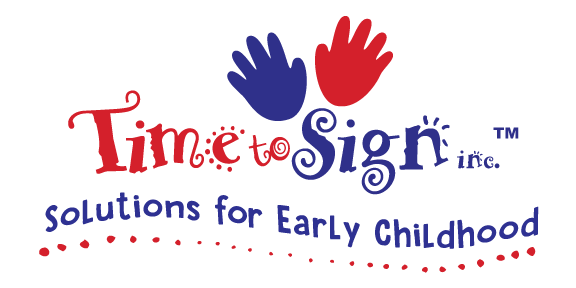Embracing Sign Language in Early Childhood Education to Enhance Communication

Embracing Sign Language in Early Childhood Education: Enhancing Communication and Learning
I've witnessed firsthand the transformative impact of incorporating sign language into early childhood classrooms. Sign language, often viewed primarily as a communication tool for the deaf and hard of hearing, has remarkable benefits for all children. In this blog, I'll explore why sign language is a valuable addition to any early childhood education setting.
What is Sign Language in Early Childhood Education?
Sign language in early childhood education involves using manual communication, body language, and facial expressions to convey meaning. It's not just about teaching children a new language; it's about enhancing their ability to communicate in more ways than one.
Benefits of Using Sign Language in the Early Classroom
-
Enhanced Communication Skills: Even before they can speak, children can express themselves with sign language. This early form of communication can reduce frustration for children who are still developing their verbal skills.
-
Cognitive Benefits: Research shows that children who use sign language often develop a larger vocabulary and have stronger literacy skills. It stimulates brain development in a unique way.
-
Inclusivity and Awareness: Integrating sign language promotes inclusivity. It teaches children about diversity and the importance of communicating in different ways, fostering empathy and understanding from a young age.
-
Motor Skill Development: Learning sign language involves coordination and fine motor skills. It's an excellent way for children to develop hand-eye coordination.
-
Emotional Development: Sign language can help children express their emotions more clearly. This expression aids in emotional regulation and understanding.
Incorporating Sign Language in the Classroom
-
Start with Basic Signs: Introduce simple signs that are relevant to the children's daily lives, like "eat," "drink," "more," and "play."
-
Interactive Learning: Use songs, stories, and games that incorporate sign language to make learning engaging and fun.
-
Consistency is Key: Consistent use of signs throughout the day reinforces learning and normalizes sign language as a communication tool.
-
Involvement of Parents: Educating parents about the benefits of sign language and encouraging its use at home can enhance the child's learning experience.
-
Professional Development for Teachers: Providing training for teachers ensures they are comfortable and competent in using sign language.
Conclusion
Incorporating sign language into early childhood education offers a multitude of benefits, from enhancing communication and cognitive abilities to fostering inclusivity and emotional development. As educators, embracing sign language is a step towards creating a more understanding, expressive, and inclusive learning environment. Let's empower our young learners with the gift of sign language, opening doors to a world of enhanced communication and understanding.
#Early Childhood Sign Language, #Sign Language Benefits for Children, #Incorporating Sign Language in Preschool; #Child Development and Sign Language; #Sign Language in Early Education; #Communication Skills through Sign Language; #Teaching Sign Language to Young Children; #Sign Language for Cognitive Development; Early Learners Sign Language; #Emotional Development and Sign Language; #Inclusive Education with Sign Language; #Motor Skills Development Sign Language; #Enhancing Classroom Communication through Sign Language; #Sign Language and Literacy Skills in Children; #Parent Involvement in Sign Language Education
Source: https://www.timetosign.com
Tags: #early childhood sign language#sign language benefits for children#incorporating sign language in preschool; #child development and sign language; #sign language in early education; #communication skills through sign language; #teaching sign language to







PO Box 33831
Indialantic, FL 32903
Call Us: (321) 726-9466